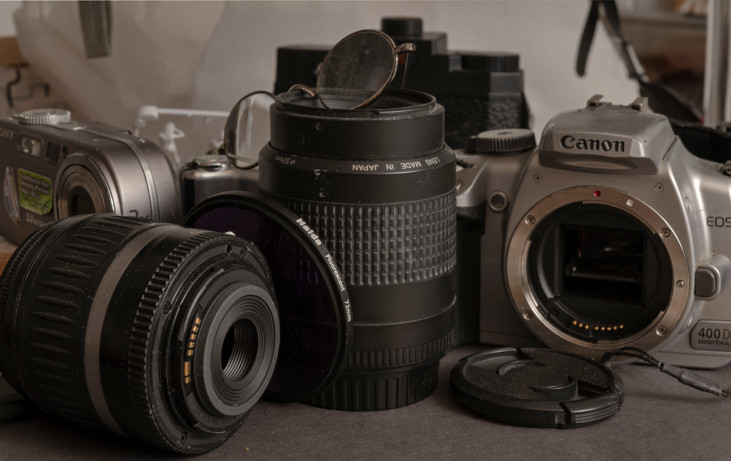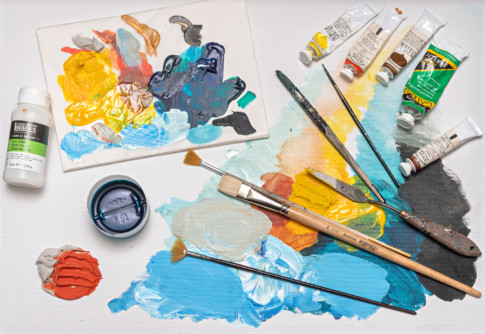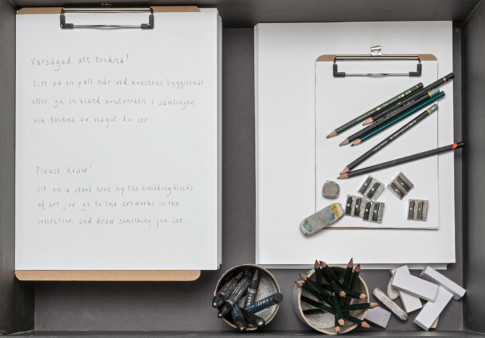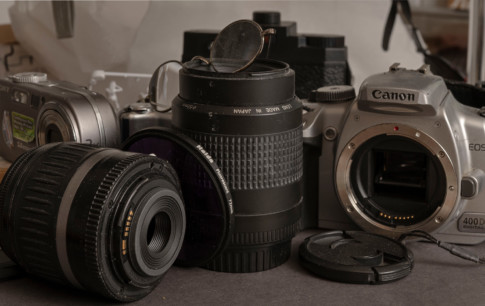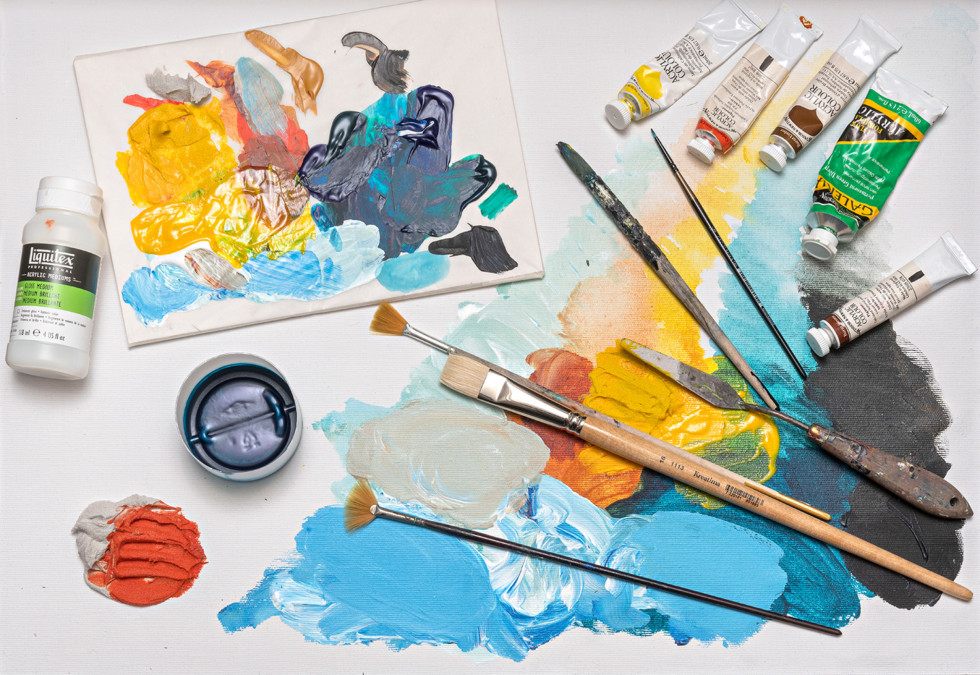
Acrylic painting, 2022 Photo: Albin Dahlström/Moderna Museet
Painting
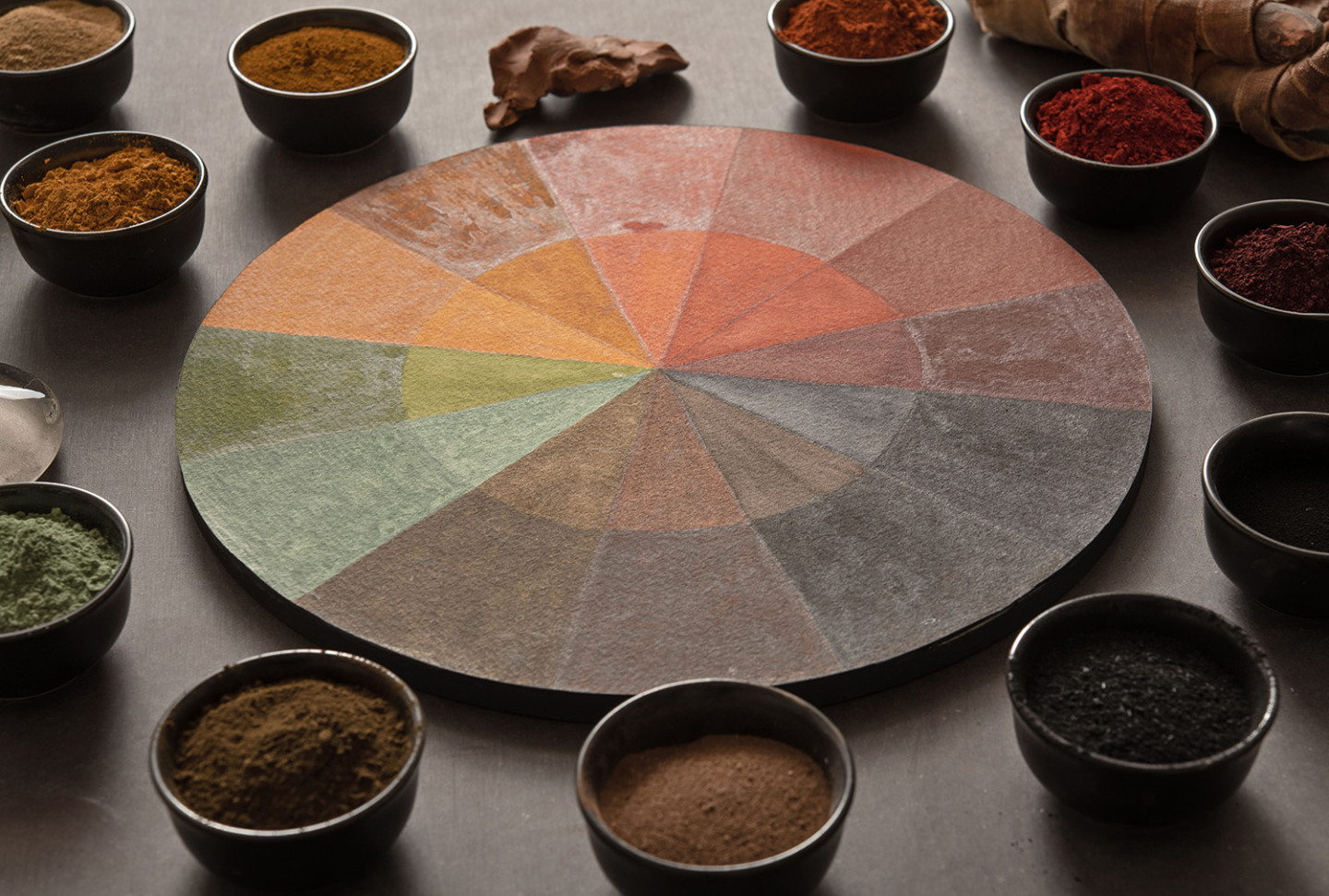
All paints, watercolours, acrylics, oils and crayons, contain pigments. The word pigment comes from the Latin word ‘pigmentum’, which means colour.
The first pigments were extracted from clay, earth and charcoal in prehistoric times. Earth colours were eventually complemented with pigments from minerals and later by man-made substances. Black pigment is often made from charcoal or burned bones, and blue often comes from metallic compounds.
The colour varies, depending on the iron content in clay and whether it is burned or raw. Raw and burnt umber give two entirely different shades of brown. Minerals that contain metallic compounds, such as lapis lazuli and malachite, are used for blue and green respectively.
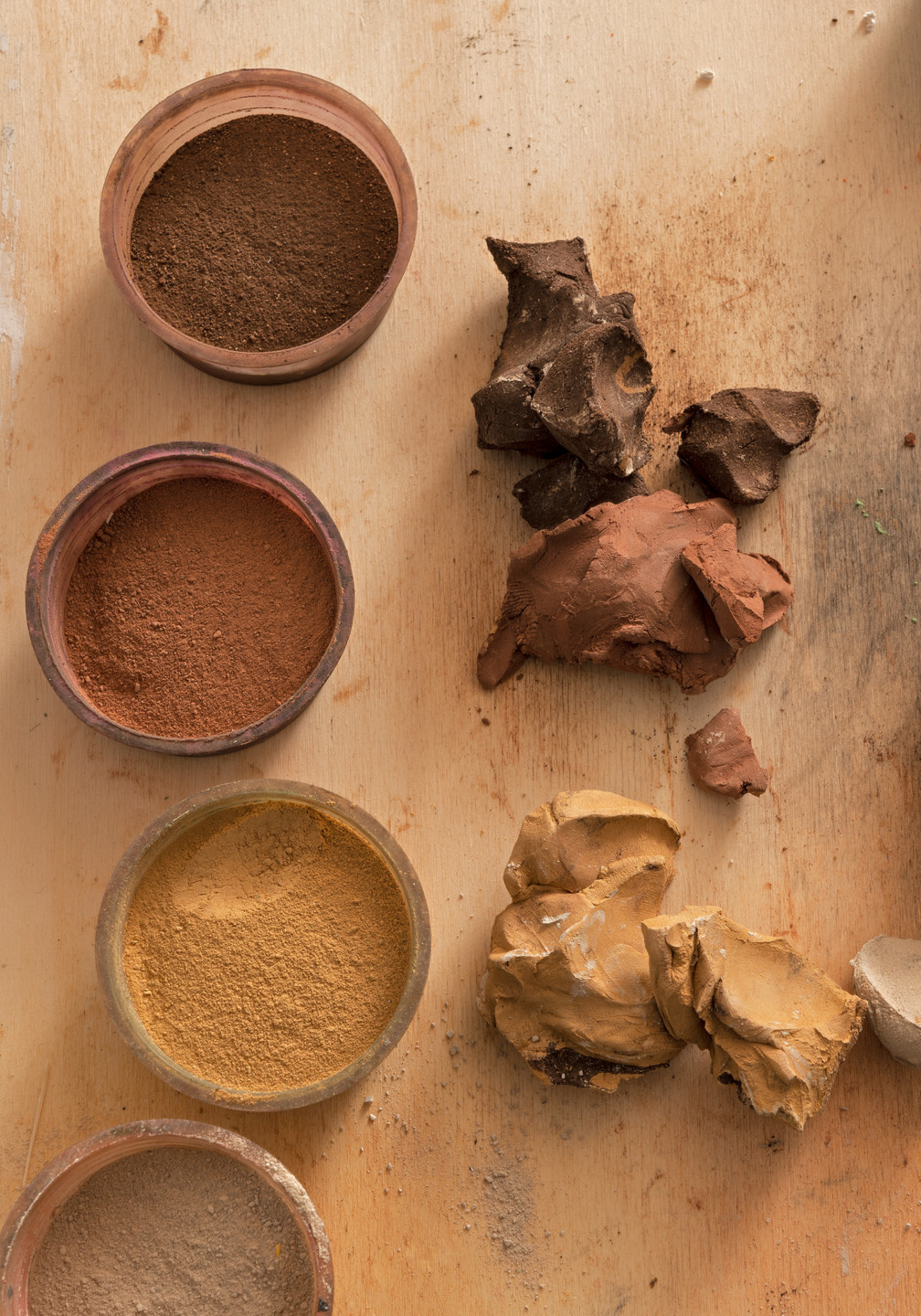
Contained parts of mummies
Until the 1920s, some paints even contained parts of mummies. The maroon colour “caput mortuum” (“dead head” in Latin) actually gets is special colour from the resins and iron oxides found in mummies. Today, however, the pigment for “caput mortuum” is synthetic.
Bonding agents
Lightfastness indicates the degree of fading in sunlight. Some pigments are more resistant to fading than others. Synthetic colours, for instance, are more sensitive to light, whereas earth pigments are very lightfast.
To bind the pigment to the support – a canvas, a panel or paper – it needs to be mixed with a bonding agent. The earliest agents were animal fat, followed by other substances, including eggs, wax, oil, gum arabic and milk protein (casein). Modern paints use vinyl, varnish and various acrylics as bonding agents.
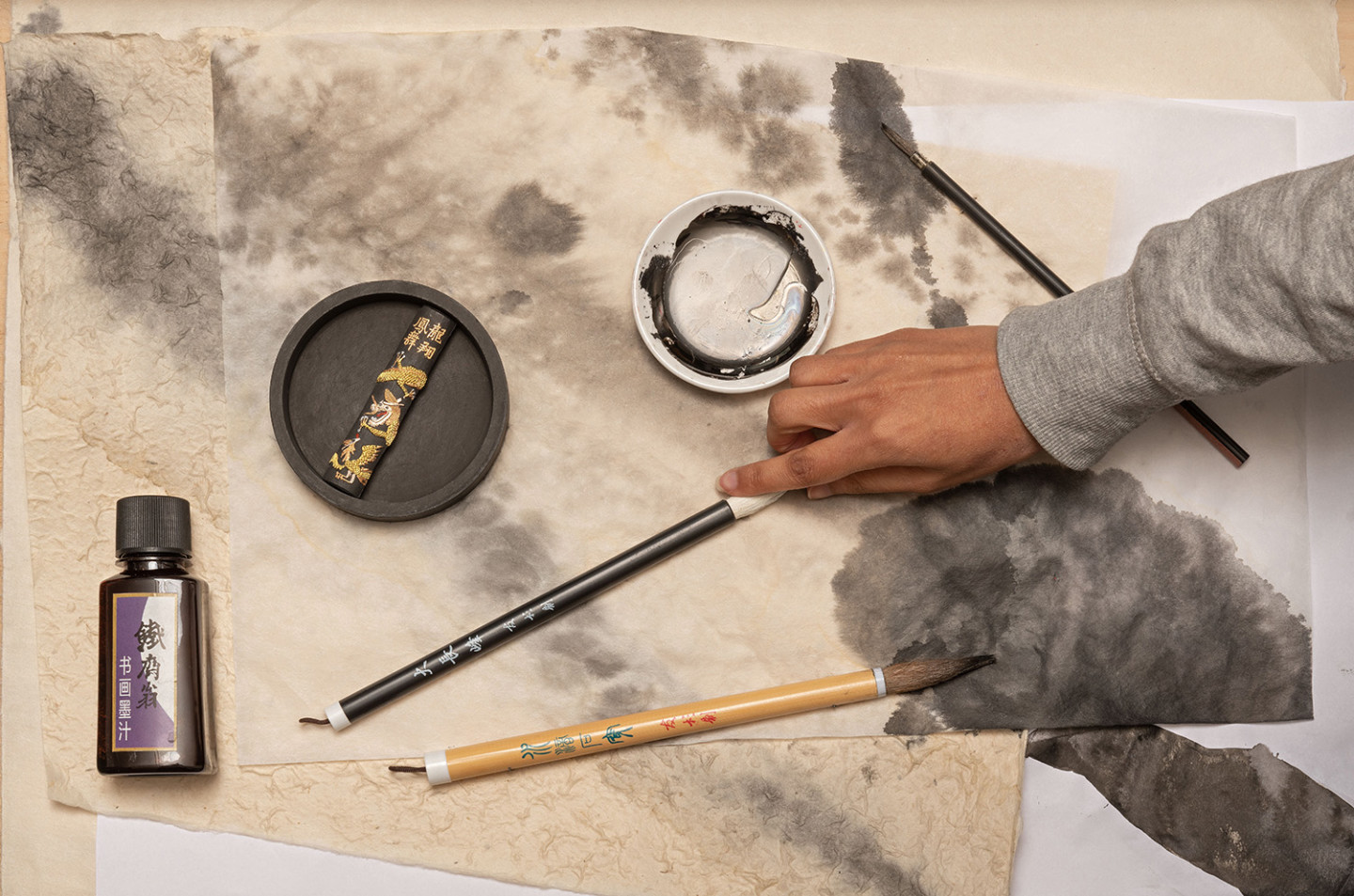
Ink painting originated in China and has existed for thousands of years.
Today, the technique is common throughout East Asia and has also inspired Western artists since the 19th century. Impressionism, abstract expressionism and informal painting in both Europe and the USA have all been influenced by it.
Ink is black and light resistant; this means that it does not fade in sunlight. It can be diluted with water for an infinite grey scale. Perspective and depth are achieved by applying the ink in washes in many layers.
Ink consists of black soot from pines and bonding agents, usually animal glue. To make ink, the inkstick is rubbed against an inkstone and mixed with water. the process is repeated to get the right colour and amount.
Animal hair used for brushes
Different supports give different effects and possibilities. The choice of brushes also affects the result. Rice paper, mulberry paper and silk are often used for ink painting, but other materials also work. Animal hair, such as goat or horse hair, is used for the brushes. The hairs are fastened by winding thin string tightly around a bamboo handle.
Examples of ink painting in the Moderna Museet collection include works by Jan Håfström, Vera Nilsson and Carl Fredrik Reuterswärd.
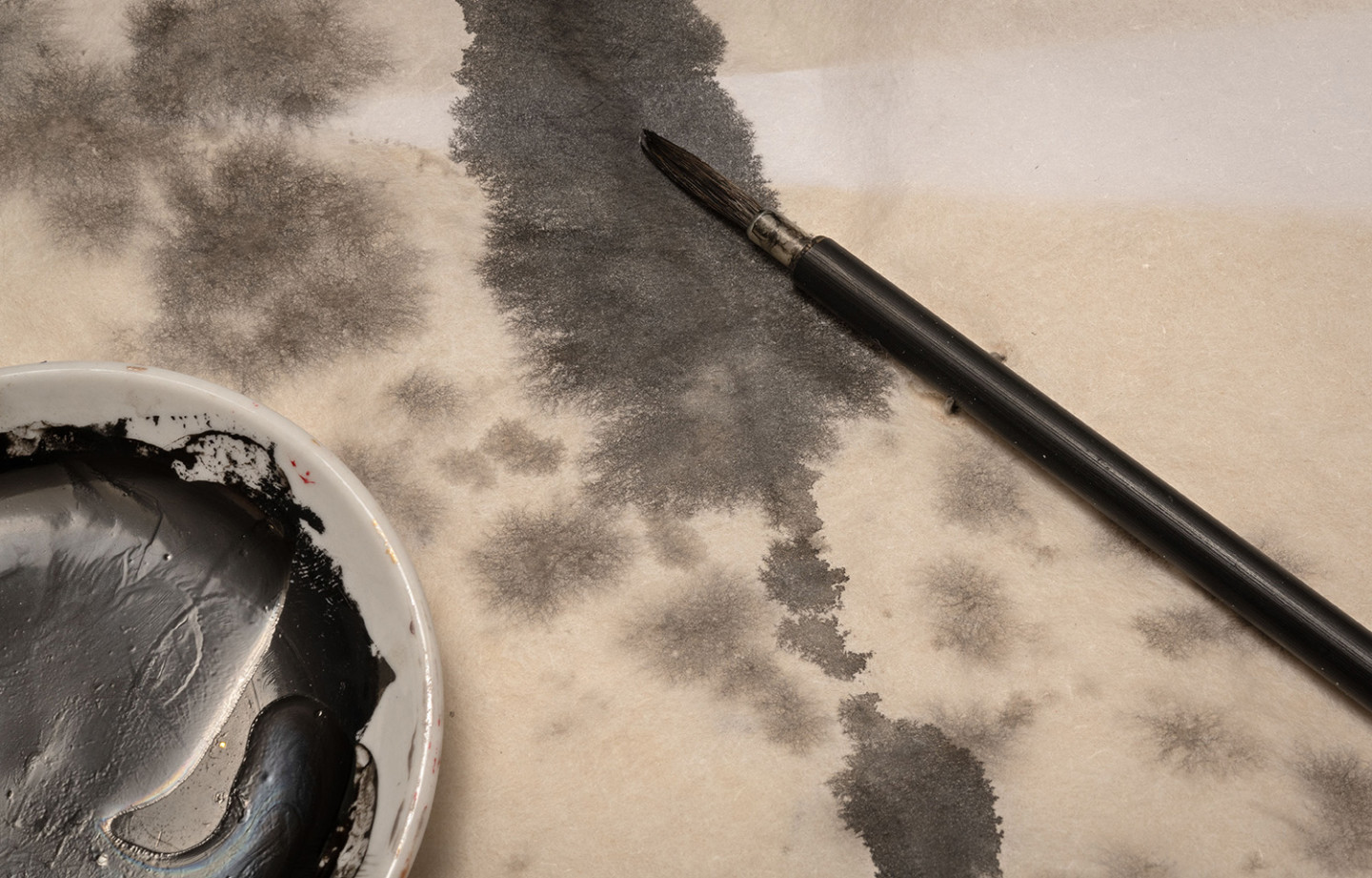
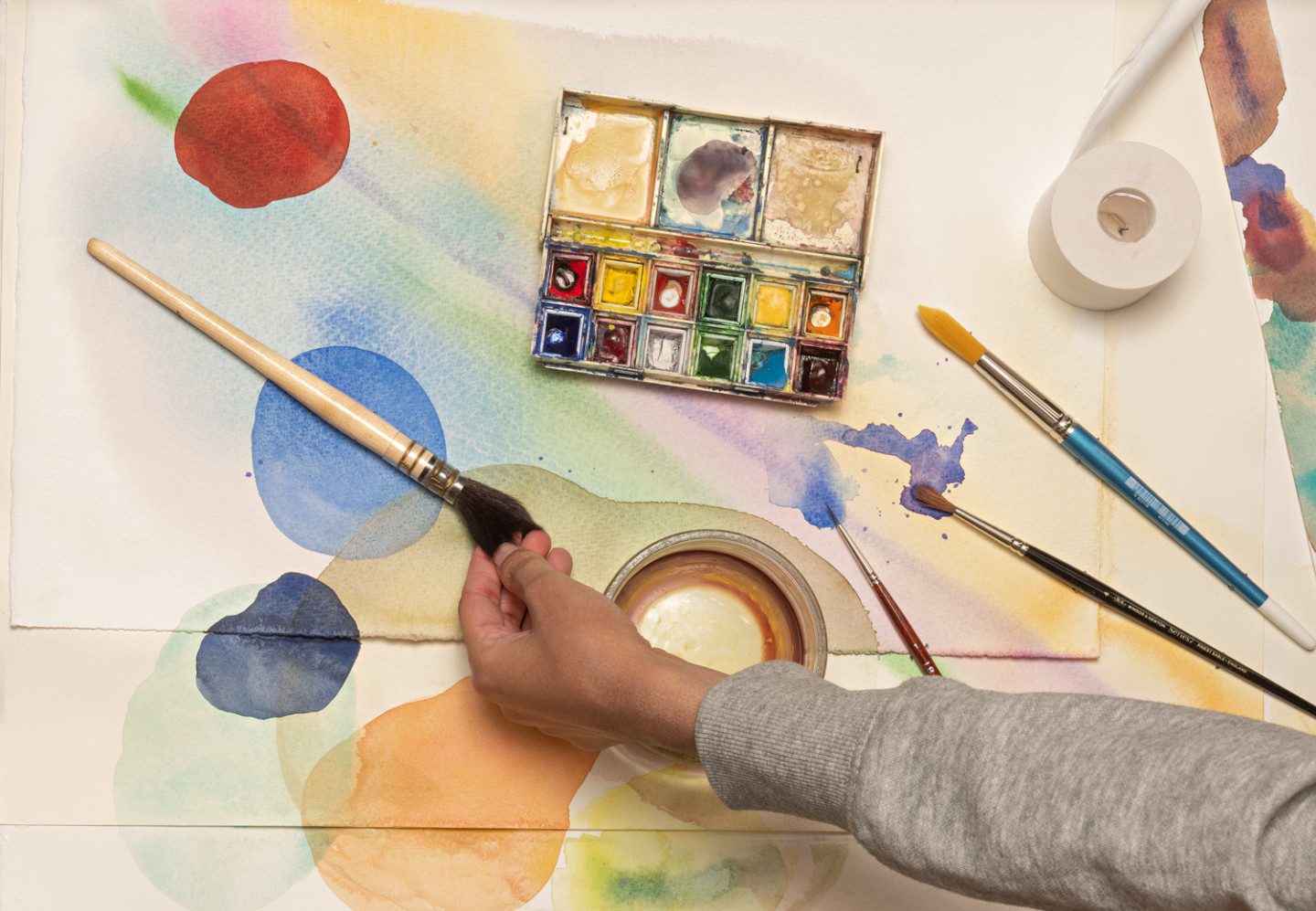
Watercolours are water-soluble and are available in tubes or cakes. The paint consists of finely-ground pigment held together with the bonding agent gum arabic, a resin made from the hardened sap of acacia trees.
The fine grain and transparency of the pigments is characteristic of the watercolour technique. Colours can be blended, and the painting is created gradually in thin layers. When the water evaporates, the paint dries on the paper. Traditionally, white watercolour was not used. Instead, paler sections were achieved through the white paper itself.
Most artists have tried watercolours at some point. The Moderna Museet collection includes watercolours by Glenn Sorensen and Wassily Kandinsky.
Tape the paper!
Watercolours are usually painted on paper of good quality that does not go yellow over time and change the painting. The paper absorbs the water from the paint and wrinkles or bulges. To avoid this, the paper is usually taped to the surface to stretch it while it dries.
Watercolour brushes are very absorbent and can be made of squirrel, sable or other fine hairs or synthetic bristles.
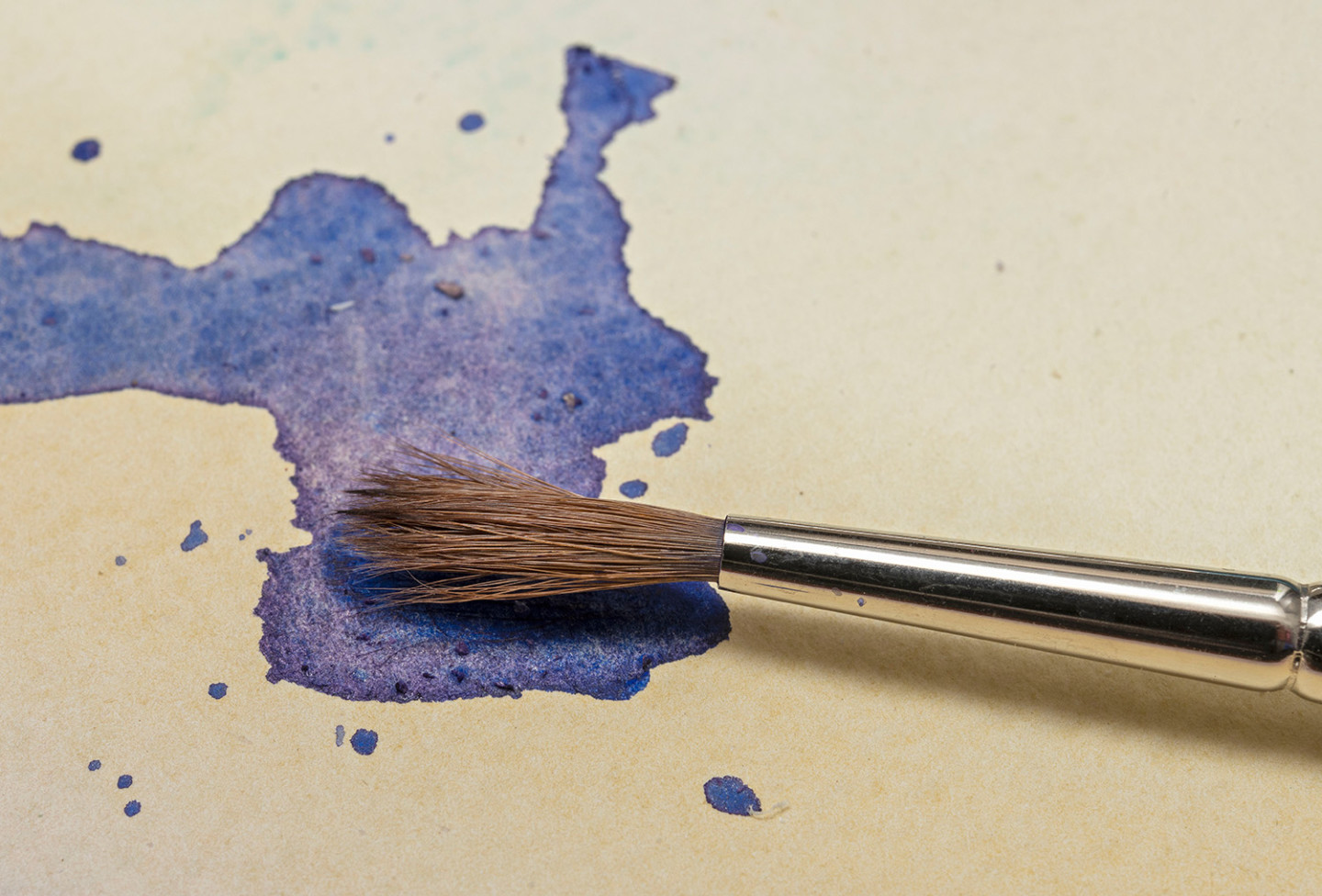
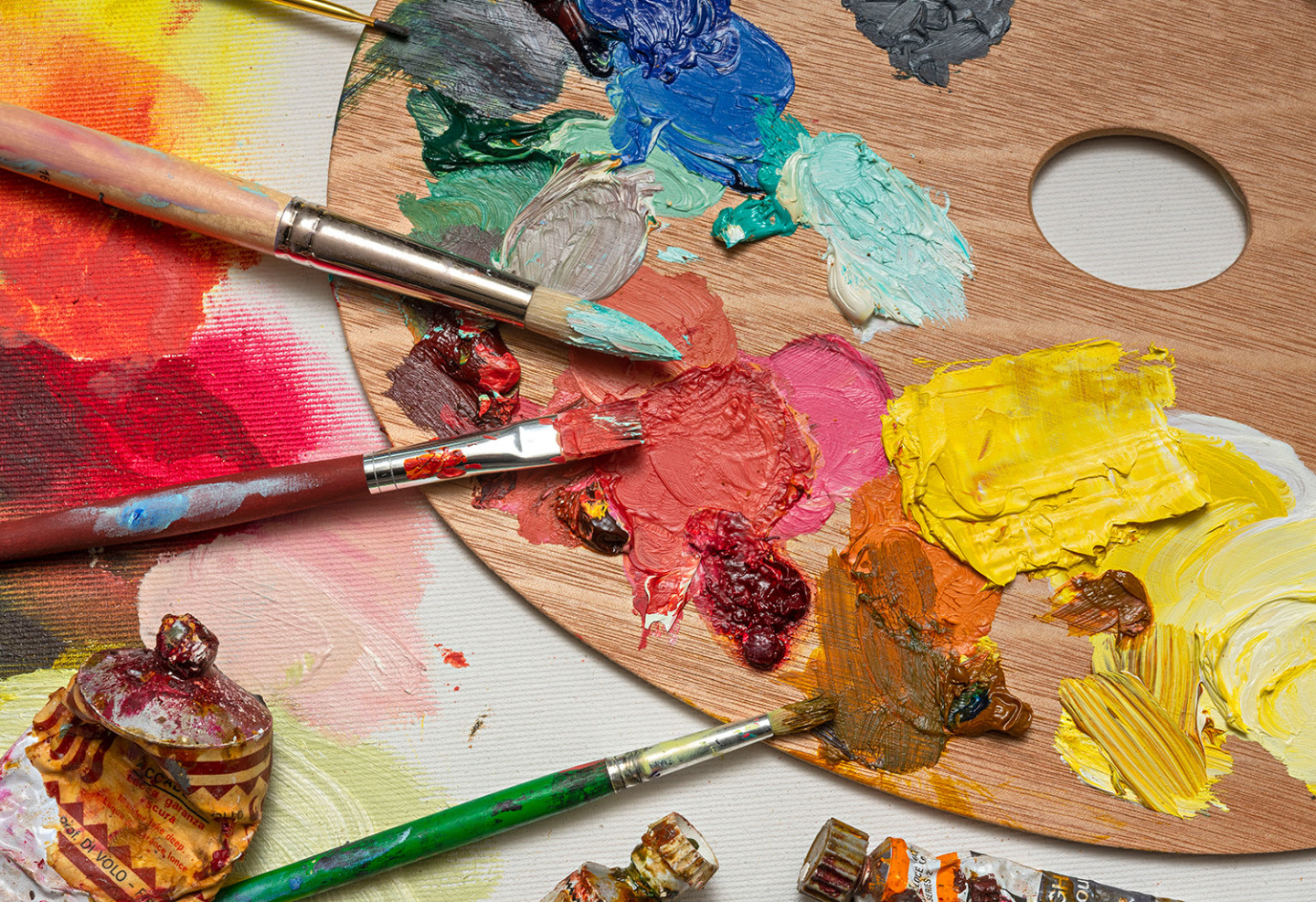
Oil paints have been used since the 15th century and have been the dominating medium for painting since the 17th century.
Oil paint consists of pigments mixed with oil and siccative. Linseed is the most commonly used oil, but other oils can also be used, such as walnut oil. Oil paint dries slowly. The consistency is thick and creamy, but it can be diluted with oil or a solvent.
Many works in the collection are oils
Many works in the Moderna Museet collection are oils, including Salvador Dalí’s painting “The Enigma of William Tell”, Henri Matisse’s “Moroccan Landscape” and Sigrid Hjertén’s “Studio Interior”.
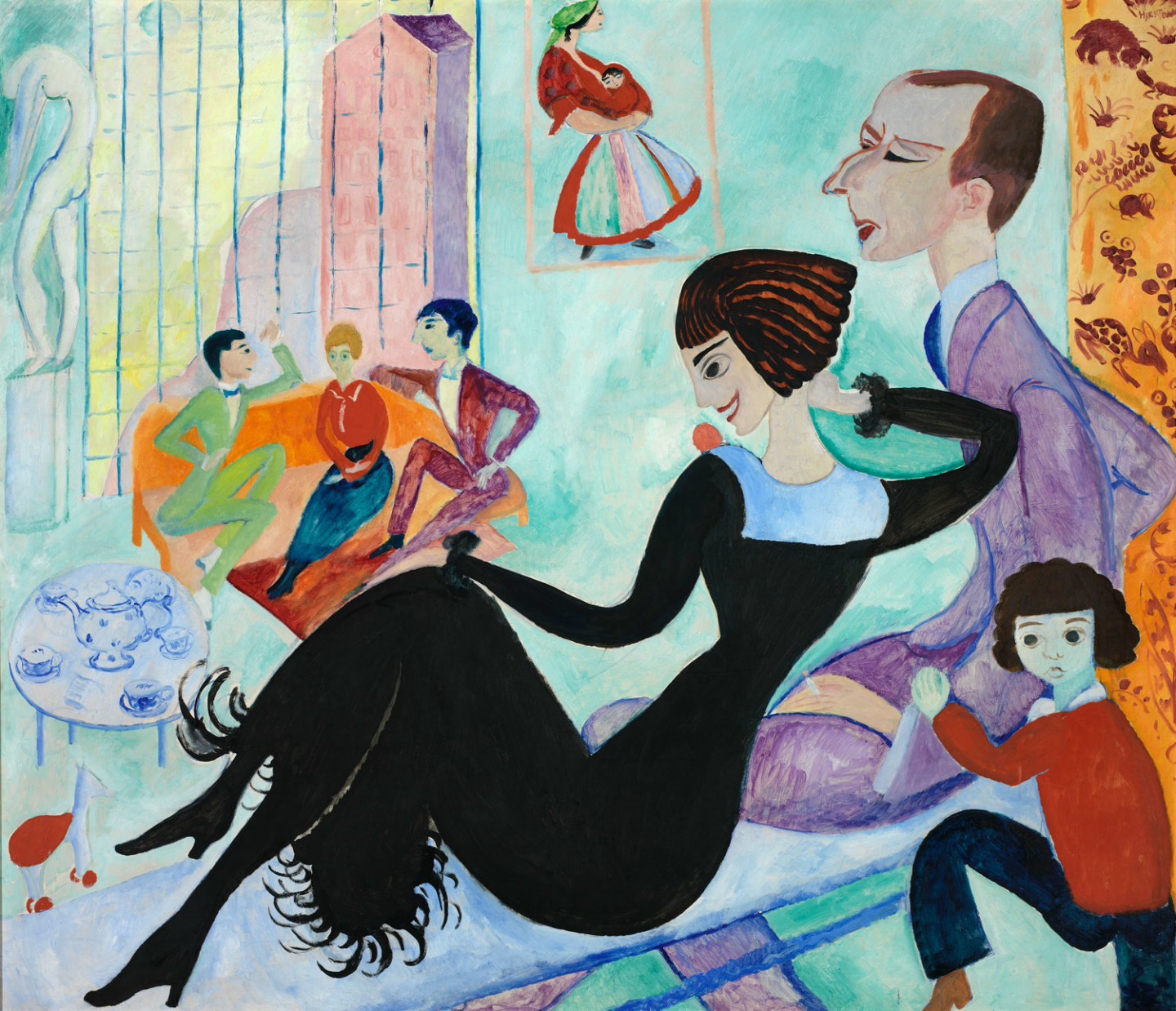
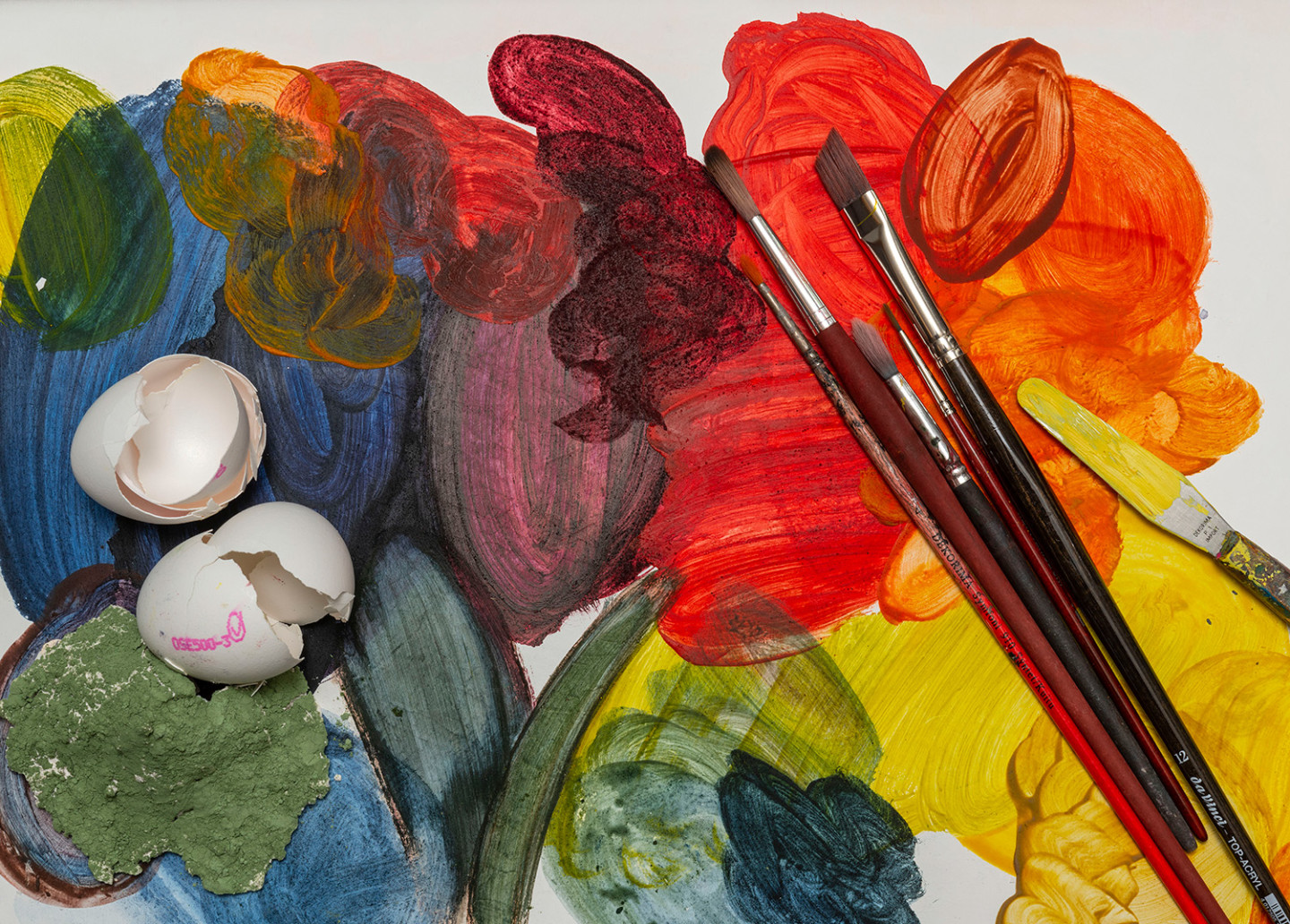
Tempera is one of the oldest known painting techniques. It was the most common kind of paint in Europe, until oil paints became more frequently used in the 15th century. 20th-century artists who have painted with tempera include Ivan Aguéli, Hilma af Klint, Marc Chagall, Paul Klee, Giorgio de Chirico and Otto Dix.
Tempera consists of pigments mixed with a bonding agent and an emulsifier. Tempera is an emulsion, which means that one of the ingredients, the emulsifier, is used to make the other ingredients mix. The word “tempera” is Latin and means “mix” or “blend”.
Many traditional temperas consisted of bonding agents found at home, such as oil, eggs, wax or casein (a protein found in milk). The most commonly used bonding agent in tempera is egg, which doubles as both a bonding agent and an emulsifier. Pigments, water, oil and eggs are mixed to make a simple tempera.
Diluted with water
Egg tempera can be diluted with water, which makes it easy to use in most environments. The paint is applied in thin layers to avoid cracking. The oil and egg mixture oxidises in the air, causing the tempera to harden. Since tempera is fast-drying, the colours cannot be blended while wet. Instead, shading and nuances are achieved by painting in several thin layers.
Tempera can be used on most supports, and the result usually is very hard and durable. It is often quite matte, but the surface can be polished when it is completely dry for a glossier finish.
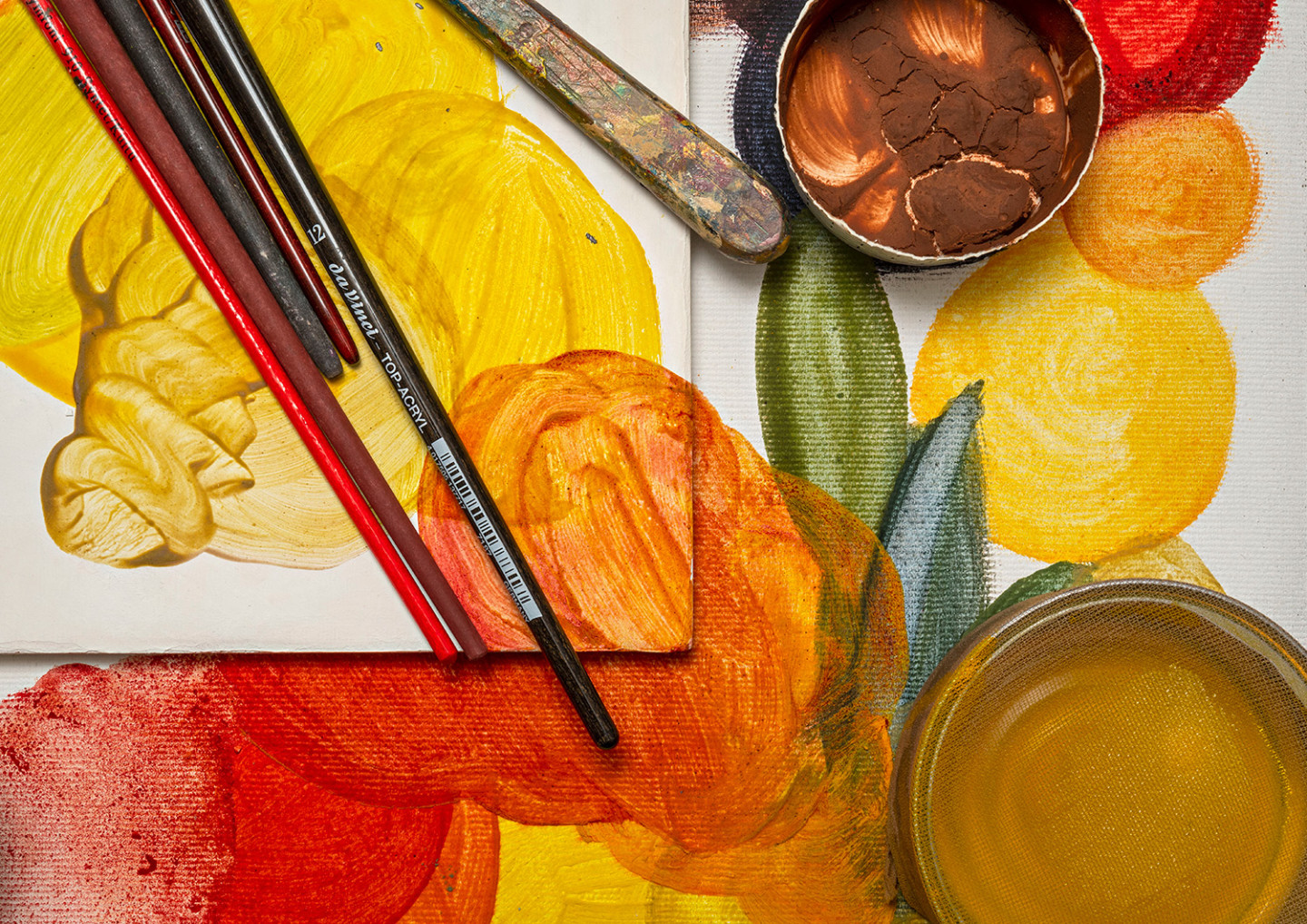
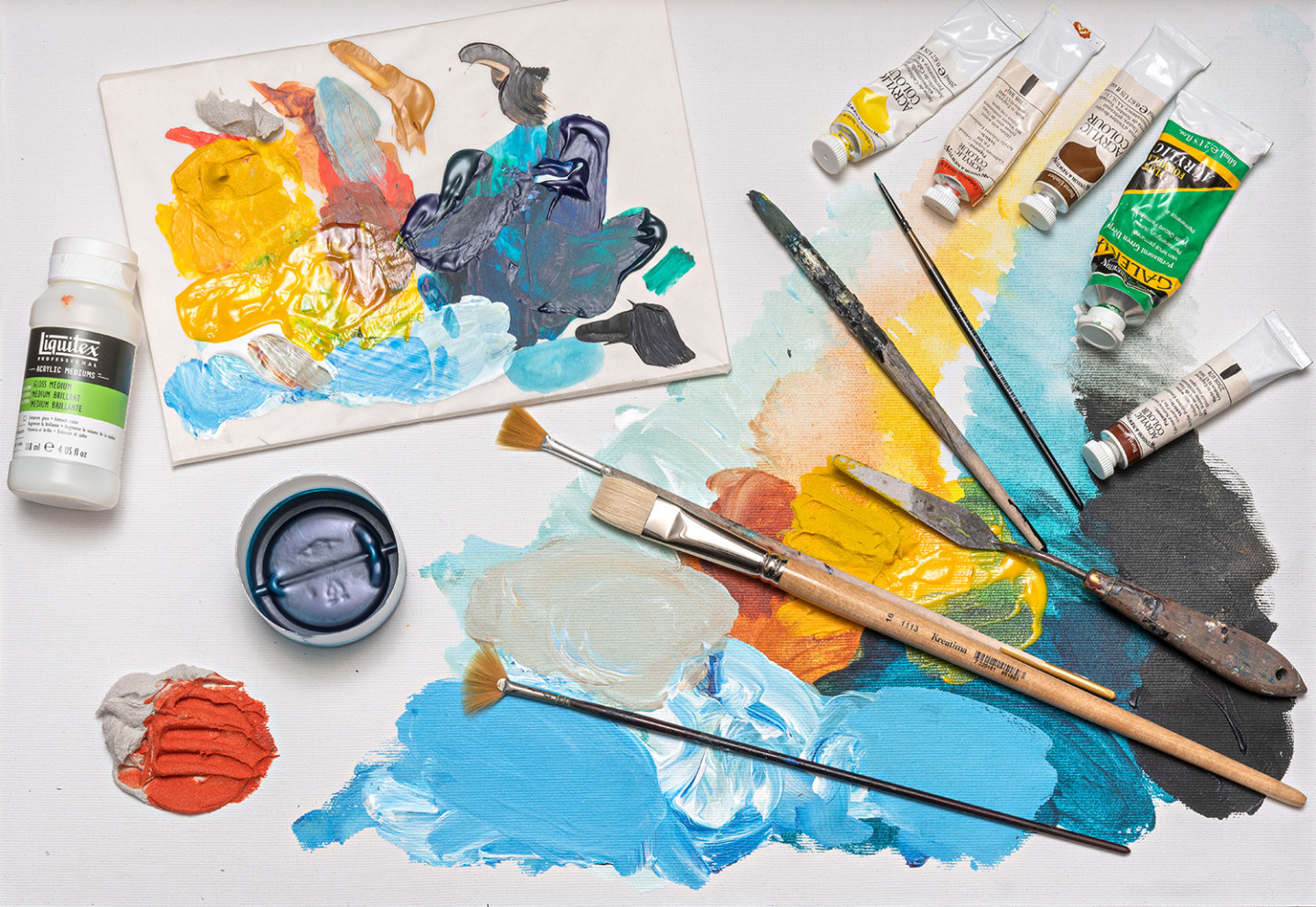
Acrylic is often used by contemporary artists, and the collection contains many paintings in this medium, including Kjell Strandqvist’s “Untitled” from 1988 and Inger Ekdal’s untitled painting from 1977.
Acrylics were developed in the 1940s, and the first acrylic paint was produced in 1953. This is a water-soluble medium consisting of pigments and the bonding agent acrylic resin, which derives from crude oil.
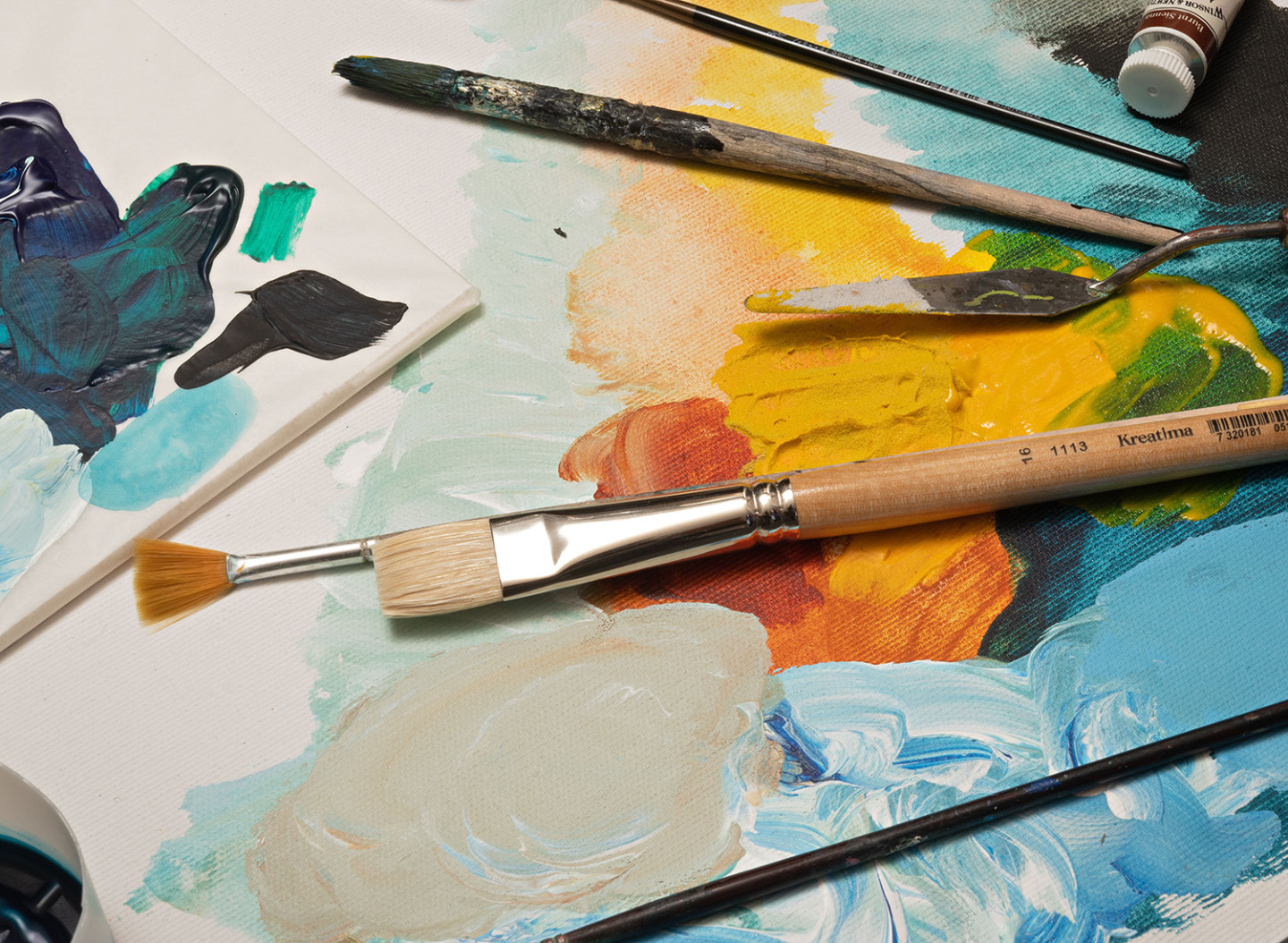
Dries fast!
Acrylic paint dries and hardens in between 30 minutes to two hours.
Different liquid additives can be used to delay drying, to paint washes or to make the paint thicker or thinner, more glossy or matte.
The support used is usually panel or canvas, and most brushes for acrylic paint are made of hog’s bristle or synthetic hair.
Today, many artists use paint that was not intended for artists but were developed for industrial purposes.
Moderna Museet has several works in its collection by artists who use this kind of paint, including Mamma Andersson, Francis Picabia and Alex Israel.
Spray paint can give objects a nice, even coating and is also used for graffiti. Spray paint has five ingredients: Finely-pulverised pigment, a bonding agent, a solvent, additives and gas that enables the paint to be sprayed.
Vinyl paint is made for painting large surfaces such as walls or floors.
Lacquer
Lacquer has been used for thousands of years to give surfaces an attractive look and protection. In Japan and China, lacquer has long been made with a latex sap from the Urushi tree. The sap dries in a humid environment and the lacquer is very durable. It is said that objects were lacquered in the middle of a lake, where the air was both humid and dust-free.
Synthetic paints and lacquers are complex materials that contain many different ingredients: bonding agents, various pigments, solvents and other additives, such as drying agents (siccatives) and stabilisers.
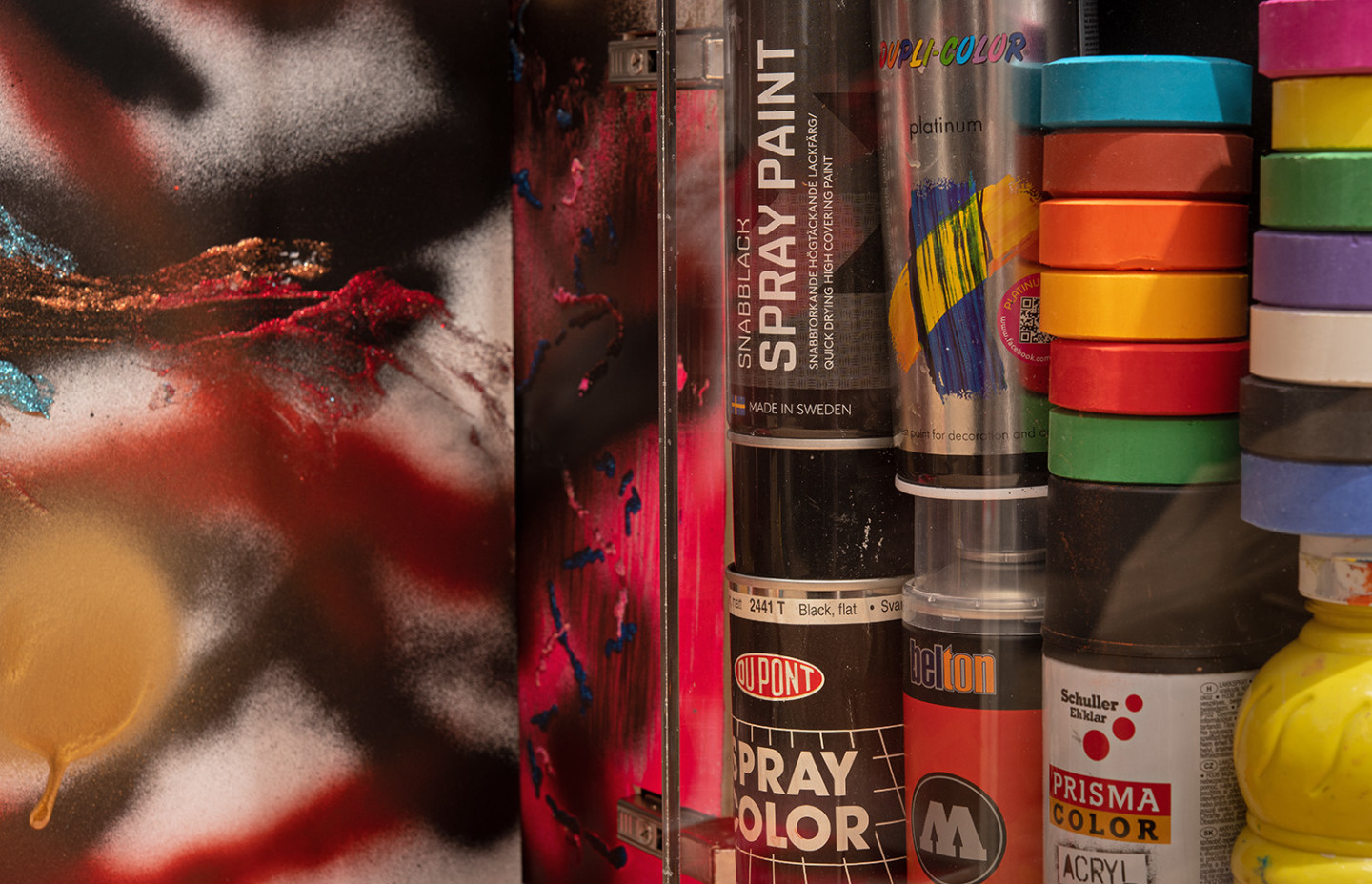
Many artists address environmental issues in their art, and some of them are represented in the Moderna Museet collection. One example is Gerd Aurell’s work “If We Can’t Spray the Brush Will Take Over”.
But how do we practise painting in an environmentally sustainable way? Here are some tips!
Cleaning brushes
Instead of allowing paint to go down the drain when you wash brushes and other tools, make a simple receptacle for paint spill.
You can use a fine sieve over a bucket. Dip the brushes in oil and rub them against the sieve so the excess paint drips into the bucket.
When the brushes are clean enough, store them in a plastic container with oil until the next time you need them. Any kind of vegetable oil can be used, including rape oil, corn oil or sunflower oil.
Pigment dust
Pigments can be seriously harmful to health and the environment, but even non-poisonous pigments can be toxic if inhaled.
To avoid pigment dust, add some boiled or distilled water to the pigment in a jar. Fasten an airtight lid and shake the jar until the pigment is smooth and has the consistency of toothpaste. This pigment paste can then be mixed with a bonding agent.
Solvents
Solvents are used for diluting and cleaning, and the rule of thumb is “like dissolves like”.
Water-based paints are water-soluble. Similarly, oil-based paints are soluble with ethereal oils. These can be turpentine, made from coniferous trees, or petroleum-based products such as essence de petrole or white spirits.
Most “natural” and synthetic solvents are a hazard to health and the environment. All solvents should therefore be disposed of in a container and taken to a recycling station after use.
The most environmentally friendly way to dilute oil paint and clean brushes is to use linseed oil. This does not make the paint as runny as ethereal oils, but you can absorb the excess with a rag that you store in water or an airtight container.
Rags soaked in linseed can self-combust, so do not throw them in the rubbish.
Drawing
It is often said that drawing provides the most direct connection between eye and hand. If you have access to pencil and paper, drawing is a quick way …
Drawing
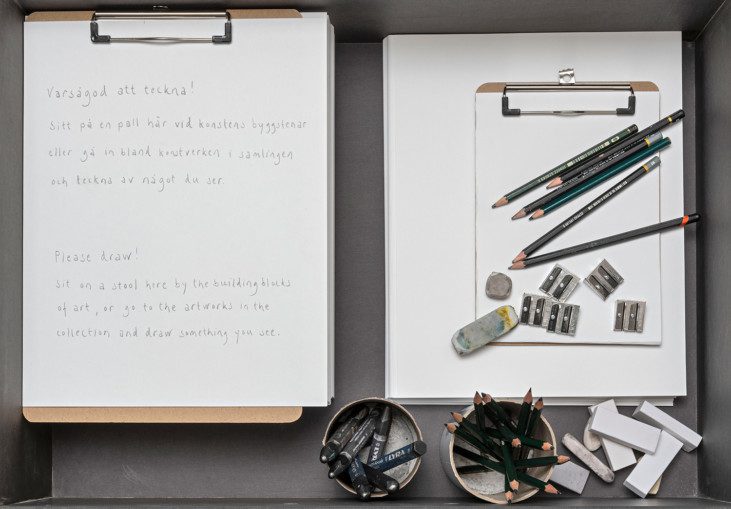
Photography
The word photography literally means “written in light” or “drawn with light”. Light is a key factor in the creation of every photographic …
Photography
